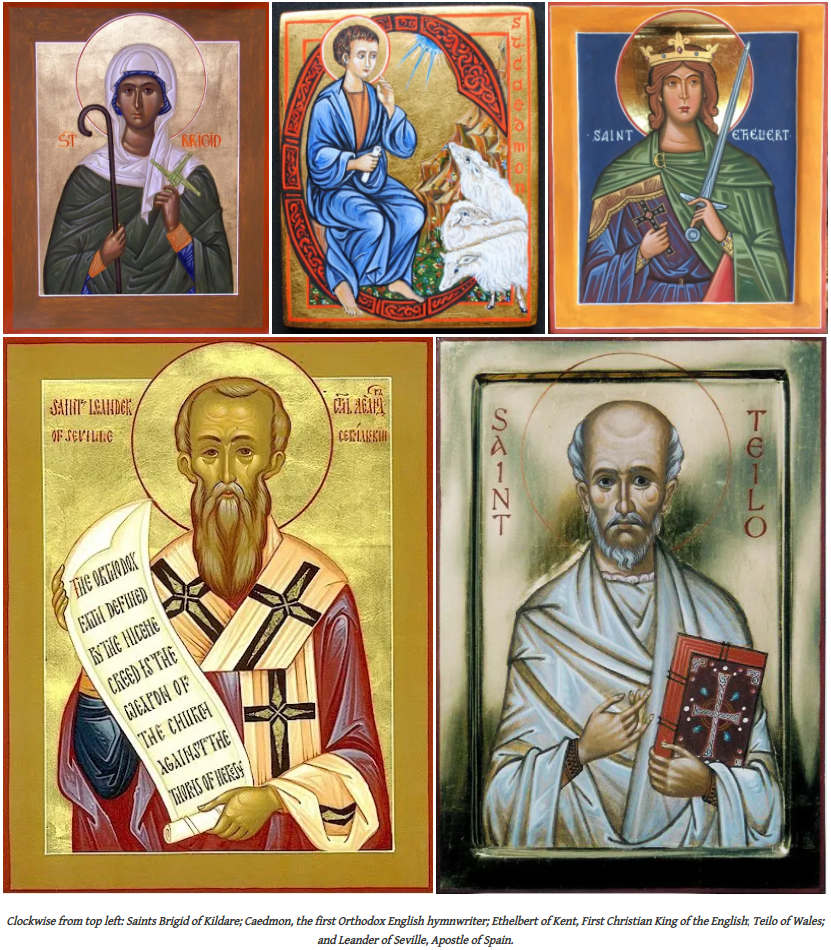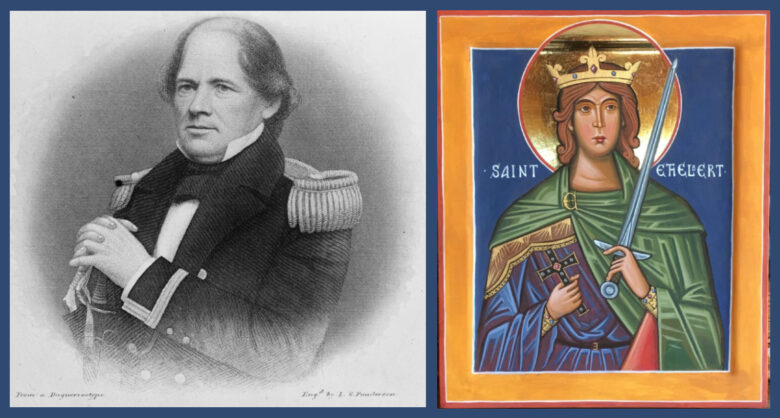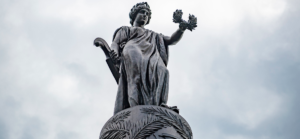For more information on writer Walt Garlington as well as resources on the Orthodox view on the departed, the meaning of a Saint and their veneration, explanation of old vs new calendar, and funeral hymns and prayers, click here.
By Walt Garlington
Dear friends, if you have time, please pray for these members of the Southern family on the day they reposed. Many thanks.
Feb. 1st
Commander Matthew Fontaine Maury. A pioneer in sciences of the sea: ‘Honored all over the world as the founder of a new science, Maury [whose photo is on left of the feature image at top] was the first man to describe the Gulf Stream and to mark sea routes across the Atlantic Ocean. He instituted the system of deep-sea sounding and suggested the laying of transoceanic telegraph cables, which later became a reality. His work earned him the nickname “Pathfinder of the Seas.”
https://tennesseeencyclopedia.net/entries/matthew-fontaine-maury/
https://www.britannica.com/biography/Matthew-Fontaine-Maury
https://www.findagrave.com/memorial/8835/matthew-fontaine-maury
Feb. 4th
Jean Laffite. Brother of Pierre Laffite, he was the ‘respectable’ business manager of the two pirate brothers of Barataria Bay, Louisiana. He and Pierre are well-known for their role in the Battle of New Orleans and other acts of mischief. Quintessential lovable rogues. New Orleans’s Grace King gives details of their life:
https://penelope.uchicago.edu/Thayer/E/Gazetteer/Places/America/United_States/Louisiana/New_Orleans/_Texts/KINPAP/10*.html
Feb. 11th
Charles Gayarré. “New Orleans native Charles Gayarré wrote the first complete history of Louisiana: a four-volume series entitled Louisiana History (1866). Originally written in French, his study focused on the region’s domination by France, Spain, and then the United States. Many of the components for this work came out of public lectures that Gayarré began giving in the 1840s. He also wrote and published other histories, political tracts, government reports, plays, novels, biographies, and articles in numerous journals, establishing himself as one of Louisiana’s literary pioneers.”
https://64parishes.org/entry/charles-gayarr
Feb. 13th
Bishop William Green. He oversaw the building of 41 churches in his diocese in Mississippi during the years of his pastoral ministry, and later became the chancellor of the University of the South in Sewanee, Tenn., which he founded.
https://www.ncpedia.org/biography/green-william-mercer
Feb. 14th
Alcée Fortier. ‘Fortier published numerous works on language, literature, Louisiana history, folklore, Louisiana Créole languages, and personal reminiscence. His perspective was valuable because of his French Créole ancestry and he became the first historian to apply the folklore concept to Louisiana’s cultural traditions.’
https://64parishes.org/entry-image/alce-fortier
http://files.usgwarchives.net/la/stjames/bios/fortiera.txt
https://www.findagrave.com/memorial/146777449/alcee-fortier
Feb. 15th
Oscar Adams, Jr. A sharp lawyer and judge in Alabama. He was the first black man to serve on Alabama’s Supreme Court.
http://encyclopediaofalabama.org/article/h-3138
Feb. 24th
Nicola Marschall. Born in Prussia, he made his way to Alabama. He was a successful painter and designed both the first Confederate flag and the Confederate soldier’s uniform. He also served as a soldier in the War.
http://www.encyclopediaofalabama.org/article/h-1134
http://www.artnet.com/artists/nicola-marschall/
https://en.wikipedia.org/wiki/Nicola_Marschall#Gallery
Feb. 27th
General Francis Marion (Swamp Fox). The wily South Carolinian who caused much grief for the British in the War for Independence.
https://www.scencyclopedia.org/sce/entries/marion-francis/
https://www.carolana.com/SC/Revolution/patriot_leaders_sc_francis_marion.html
https://www.findagrave.com/memorial/669/francis-marion
William Gilmore Simms’s biography of Marion is available to read here:
https://www.gutenberg.org/cache/epub/843/pg843-images.html
Feb. 28th
Abel Upshur, one of Virginia’s many talented and well-respected sons. He died young in a naval accident while serving as Secretary of State in 1844. He wrote an important refutation of Justice Joseph Story’s theory that the united States are one, inseparable nation. It is A Brief Enquiry, linked here along with another of his works:
https://en.wikipedia.org/wiki/Abel_P._Upshur#External_links
https://www.abbevilleinstitute.org/review/abel-p-upshur/
https://www.abbevilleinstitute.org/lectures/abel-upshurs-critique-of-joseph-storys-commentaries-on-the-constitution-of-the-united-states-by-donald-livingston/
https://www.findagrave.com/memorial/37679771/abel-parker-upshur/photo
Holy Ælfred the Great, King of England, South Patron, pray for us sinners at the Souð, unworthy though we are! Anathema to the Union!

♱ St. Ethelbert of Kent, First Christian King of the English, 25 Feb./10 March
The conversion of St. Ethelbert [whose icon is on the right of the feature image at top] is a momentous event in Southern history. In 597, a party of forty missionary monks, led by St. Augustine of Canterbury (May 28), was sent to Britain by the holy Pope Gregory the Great, to bring the blessed Gospel of Jesus Christ to the English people. Ethelbert, who had been King of Kent for thirty-six years, received the monks favorably, allowed them to preach in his kingdom, and invited them to establish their headquarters in Canterbury, his capital city, which already contained a small, ruined church dedicated to St. Martin of Tours in Roman times. The king himself was converted and received holy Baptism at the hands of St. Augustine; a crowd of his subjects followed his example.
When St. Augustine was consecrated bishop, Ethelbert allowed him to be made Archbishop of Canterbury and gave his own palace to serve as a monastery. The king worked steadily for the conversion of the neighboring kingdoms, and in 604 established an episcopal see in London. Unlike some Christian rulers, he refused to see anyone converted forcibly. Saint Ethelbert reposed in peace in 616, after reigning for fifty-six years. He was buried in the Church of Saints Peter and Paul, which he had established. Many miracles were worked at his tomb, where a lamp was kept lit perpetually until the monastery was disbanded by the Protestants in 1538.






